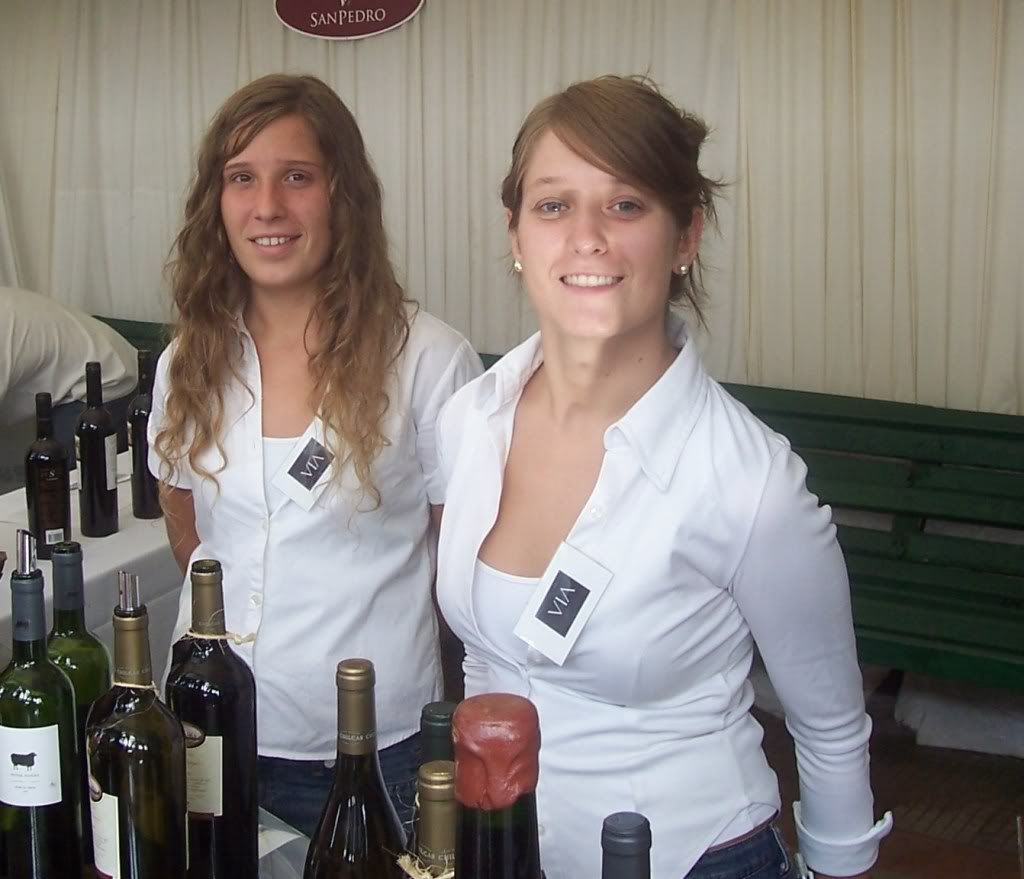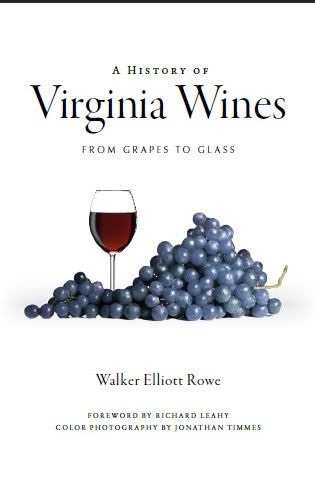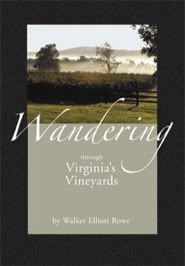

Here at Rosewood Hill Farm I try to study items of lasting import instead of spending time on the ephemeral. This I try to impart to my son as well. By that I mean that I limit the time that my son spends on his computer and encourage him to read books. Children cannot learn anything from a computer game and in my opinion it destroys their ability to concentrate on something subtle. Would Poincaré have been able to make his famous conjecture on the shape of the universe if had been distracted by text messages, instant messenger, and Facebook? I think not.
The tone on Capitol Hill has gotten harsh as one political party blames the other for our current malaise in the economy while radicals in the Tea Party fan the flames of rebellion. But all of them miss the point that what has happened to us is not the fault of the Democrats or the Republicans or that president whom they despise so much. History happens, says Leo Tolstoy, is spite of and not because of the action of politicians. It matters not whether tax rates are x or 2/3 x. This is simple tinkering with the edges of the problem. Neither party has any wholesale revision in mind. That is not the American Way. This is the point made by Octavio Paz in his essay "The Labyrinth of Solitude".
I find the whole business of reading the newspaper and watching the debates rage on television both enthralling and frustrating. It's more interesting than any sport and certainly frustrating because of what I just mentioned. They're arguing back and forth over items which don't really matter much. What is one to do?
For me I try to soothe the soul by diving deep into something which really does matter. This is mathematics and literature. There is great beauty in studying the complex. It's not beautiful because it's complicated. It is simply complicated to see its beauty requires a little study. If it was obvious to everyone it would be a Polaroid printed in People magazine. This is the very definition of the word "sublime".
Currently I am reading and rereading a handful of books. I already mentioned Octavio Paz. A friend and I hope to write a joint essay on that learned Mexican Poet. I've picked up his book several times only to put it down because I could not understand it. Now I understand it but cannot finish it because I am reading so much else. One could deride that as the multitasking which is what the adolescents surfing Facebook and texting their friends purport to be able to do all simultaneously. But the learned know the mind cannot hold aloft two thoughts at once. Still I persevere in this manner because there is so much material to master that to spend all one's time on one book would impede the ability to read others.
Having said that politics is ephemeral and World of Warcraft a complete waste of time what do I do beside reading to bide the time? Answer: I spend time with my son.
This week Nathaniel shot and killed his first deer. Those of you in the city would consider this a crime not understanding at all the importance of such an event to the life of a young boy. My Dad taught me to hunt deer and duck and his father taught him. Now I teach mine. My fondest memories including the first time I shot a duck under the watchful eye of my Dad. How my son got his first deer is equally important to us.
Last week Nathaniel and I hiked to the top of the mountain where I live on this farm to the deer stand I had put up in a tree. This time he carried his .243 rifle and I had my shotgun. The week before I had carried my .50 caliber black powder rifle. Hunting laws in Virginia and elsewhere are equally absurd as that formerly mentioned debate which rages on capitol hill. Even though deer are overrunning the farms here and even though they ate all the grapes from my vineyard the law has for years remaining the same. There is no hunting on Sunday and for two months of the year you are required to use bow and arrow or the Daniel Boone style of flintlock. What is the logic in going to battle with game armed as an Apache Indian or one of the Boston militiamen? How many people have shot themselves through the foot or blow up themselves climbing a tree with a dangerous crossbow or a black powdered rifle?
This year as in years past the problem with my blackpowdered rifle is not the explosion but the lack of the same. The week before at the tail end of the blackpowdered rifle season I gave Nathaniel the rifle to shoot and true to form he pulled the trigger and the rifle went "click". No explosion. Now I had a dangerous weapon loaded with gunpowder and no way to get the bullet out of the barrel. I carefully pointed the muzzle elsewhere and put it up promising to throw it away and give up the whole notion of trying to hunt with that even again.
Finally the season for modern rifles had arrived and Nathaniel and I headed out into the darkness. His previous kill with me on a deer stand hand been a little bird that he shot with his bb gun. I am equally proud of that kill as was he. We cooked the little bird in the oven and decided to toss out rather then eat the freshly roasted breast which was the size of a quarter.
Nathaniel and I had hunted three days only seeing one deer which was too far away to shoot. During the spring and summer the deer fairly walk up on you on this farm but at the first crack of the rifle fire in the fall they head to the mountain. Then they apparently feed at night and move to and from where they bed down at twilight and dusk. This is why the hunter heads out in the morning darkness and early afternoon. In October the rut starts for the bucks whose owing to the influence of hormones and testerone completely loose their heads over the scent of the female and allow themselves to be lured by the artificial scent sprayed by the hunter and of course run over by the automobile as they come out in full daylight looking for love. In other words they behave as stupidly as any male when comfronted with the sight of the swelling breast, the fleeting angle, the perfume, the long shimmering hair which drives us all to distraction.
Sitting a top a log I had left Nathaniel on this the last day of the Thanksgiving holiday sitting in the tree stand 200 feet below me a top a tree stand. The sky had slowly lightened as the sun lit up the far edges of the horizon and I could see the trees in the opening where I sat. Then travelling like ghosts 5 deer ran up on me in the twilight heading straight where I sat. They were too close, practically on top of me when I shot twice missing both times. One cannot normally hit a running deer. I should have loaded my shotgun with buckshot instead of a rifled slug.
Nathaniel fired one shot 10 minutes later after I cried out that I had missed both times. I told him to load his rifle with more than one bullet but he had only one in the gun. He shouted back at me and told me that he the deer he had shot at was just standing there. I told him to reload and shoot again. Minutes later he did that and fired and the deer hopped off in the woods.
The boy was excited as the man as having missing his first deer. But when I walked up on Nathaniel he heard the deer running off the the woods. He took off after it with my shotgun his pockets as well as his rifle now having been spent of bullets. But then the deer bounced away into the distance. We gathered up our stuff then headed three hundred feet down the steep hillside when there it lay: Nathaniel's first deer.
I cleaned Nathaniel's deer and took the grainy picture shown above with my cheap cell phone then wiped my boy's face with blood. That too is part of the ritual. If you are a hunter you will understand what I have written. If not pity you. Crawl back into your newspaper or Facebook and all that is ephemeral. We have this moment to cherish which will endure.
Continue Reading...







